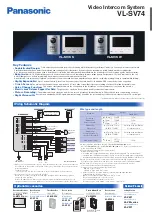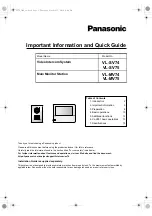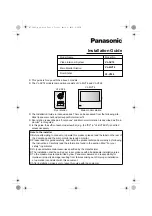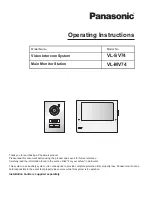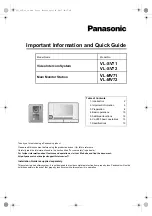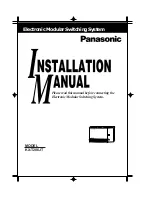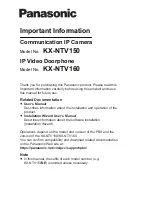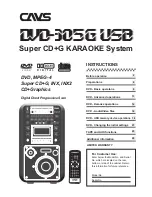
MIX MINUS
Brio 36’s mix minus system allows a comprehensive foldback mix to be sent to multiple listeners. Using the auto
minus bus along with mix minus outputs allows you to provide to listeners a complete mix with their own input
automatically removed.
Foldback is a term used to refer to audio mixes used to feed communications systems, usually from control rooms into
studios, to allow presenters and performers to hear all audio content which is relevant to them.
Why remove a source’s own input from its foldback mix?
Scenario one:
Field reporters or presenters communicating via long distance systems, e.g. satellite links.
Field reporters need to hear a live mix of the program to which they are contributing in order to hear cues and
communicate with other presenters. The inherent delay in the system means that it may be a number of seconds before
the live audio stream reaches the reporter.
It can be very difficult to speak whilst hearing your own voice even with only a slight delay. Using an auto minus feed for
the reporter solves this problem as their own contribution to the audio mix is removed before it is fed to their headphones
or monitoring system.
Scenario Two:
Eliminating feedback when using loudspeakers for communication.
If a presenter is monitoring their foldback feed using a loudspeaker, the sound from the loudspeaker signal may be picked
up by the presenter’s microphone, thus creating a feedback loop. By using the auto minus bus to remove the presenter’s
own contribution to the foldback bus, this feedback loop is broken.
Mix Minus Output
Each channel and group has a dedicated mix minus output available for patching to external communications devices to
create foldback feeds. Each mix minus output can be fed by either the auto minus bus or an aux bus.
Summary of Contents for BRIO 36
Page 1: ...calrec com Audio Production System with Optional Networking BRIO 36 USER MANUAL V1 1...
Page 12: ...12 BRIO 36 Audio Production System with Optional Networking...
Page 13: ...calrec com BRIO 36 PRODUCT INFORMATION...
Page 20: ...20 BRIO 36 Audio Production System with Optional Networking...
Page 21: ...calrec com BRIO 36 SYSTEM OVERVIEW...
Page 29: ...29 FIGURE 1 BRIO 36 USER INTERFACE DISPLAY...
Page 43: ...calrec com BRIO 36 SETTING UP...
Page 47: ...47 FIGURE 1 SYNCHRONISATION OPTIONS...
Page 67: ...calrec com BRIO 36 GETTING SIGNALS IN AND OUT...
Page 93: ...93 FIGURE 1 THE DIRECT OUTPUT SCREEN...
Page 100: ...100 BRIO 36 Audio Production System with Optional Networking...
Page 101: ...calrec com BRIO 36 PROCESSING...
Page 146: ...146 BRIO 36 Audio Production System with Optional Networking...
Page 147: ...calrec com BRIO 36 MONITORING...
Page 149: ...149 FIGURE 3 EXAMPLE LOUDSPEAKERS SETUP...
Page 155: ...calrec com BRIO 36 METERING...
Page 163: ...calrec com BRIO 36 COMMUNICATIONS...
Page 172: ...172 BRIO 36 Audio Production System with Optional Networking...
Page 173: ...calrec com BRIO 36 ROUTING...
Page 175: ...175 FIGURE 1 CONFIGURING BUSES AND OUTPUTS...
Page 182: ...182 BRIO 36 Audio Production System with Optional Networking...
Page 183: ...calrec com BRIO 36 EXTERNAL INTERFACING...
Page 193: ...calrec com BRIO 36 CONSOLE FACILITIES...
Page 198: ...198 BRIO 36 Audio Production System with Optional Networking...
Page 199: ...calrec com BRIO 36 TERMINOLOGY...
Page 207: ...calrec com BRIO 36 FEATURES BY SOFTWARE VERSION...



































